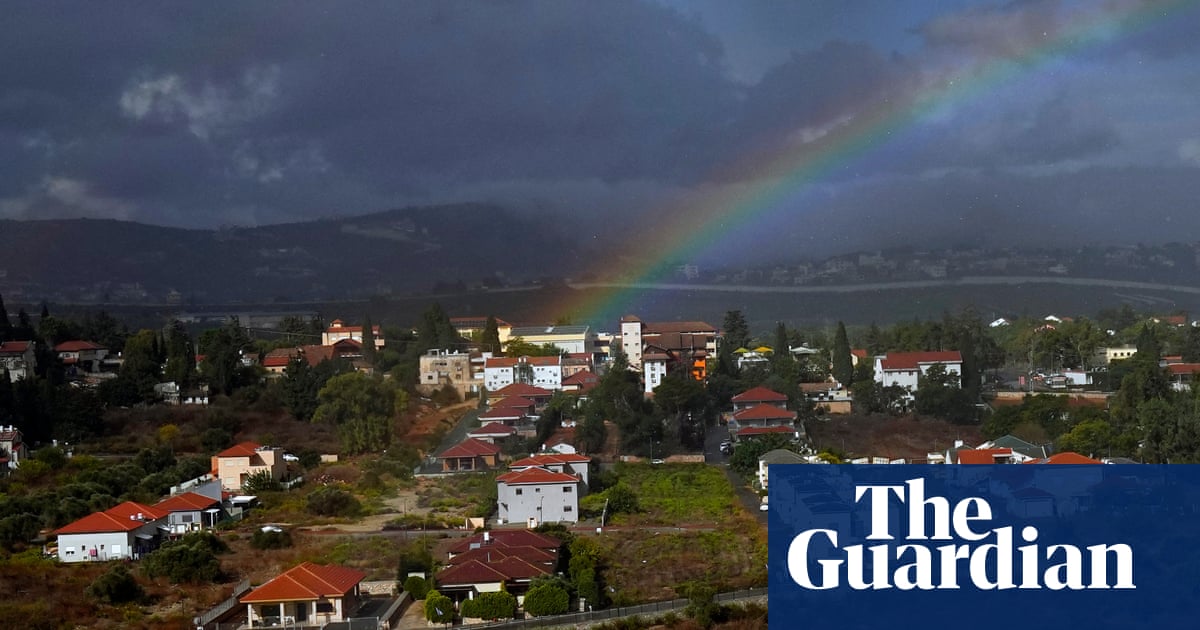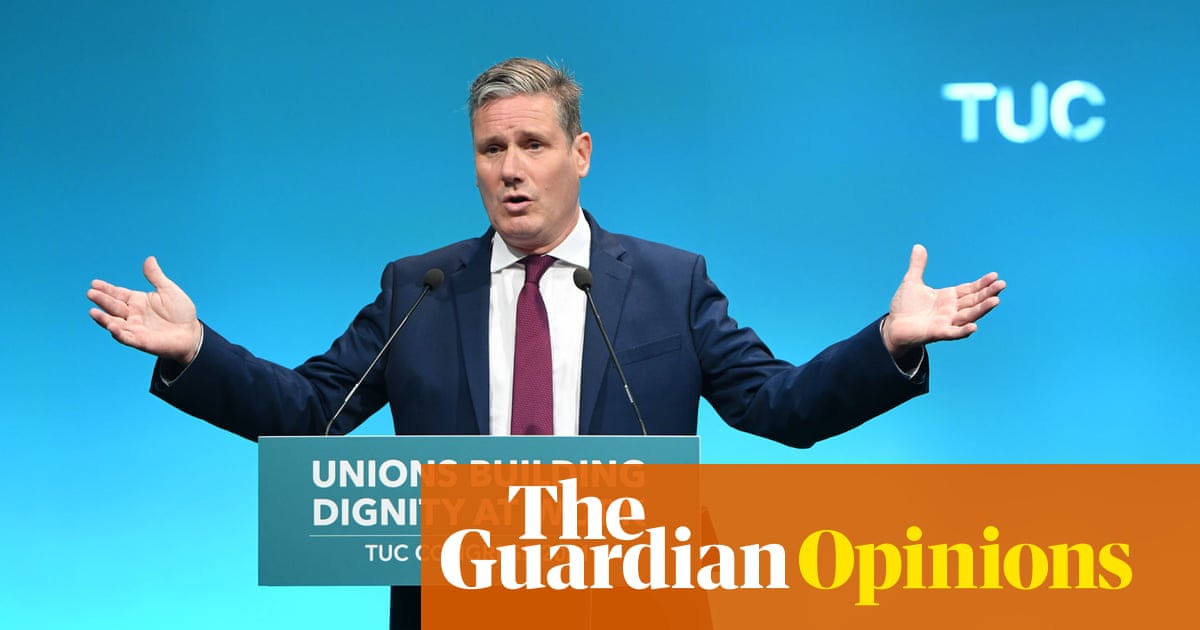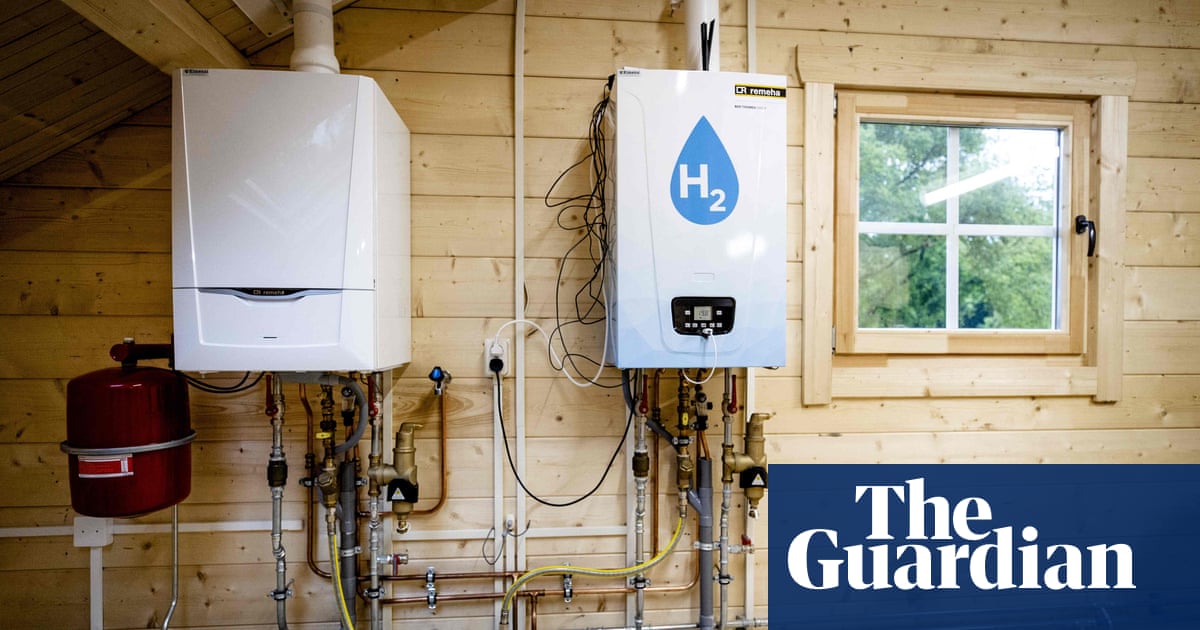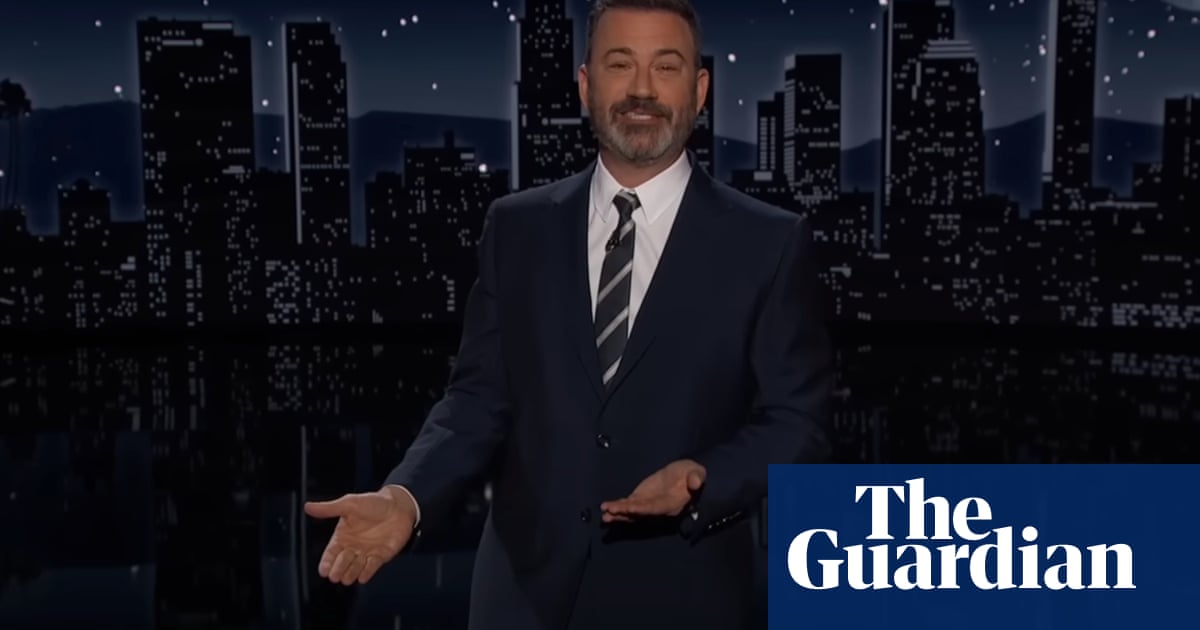
s residents trickled into an ominous new coronavirus testing marquee in Bradford’s city centre on Thursday, there was apprehension about what to expect following news about high infection rates in the city.
“It’s very, very worrying,” said taxi driver Mohammed Rashid, 68. “For the last nearly three months I’ve been at home, and there’s barely any work now because not many people are coming to Bradford. If there’s a second lockdown, it will be devastating.”
Figures from Public Health England show Bradford has the second highest rate of new infections in the country after Leicester. In the week ending 27 June, there were 42.8 cases of coronavirus per 100,000 people in the city, while in the week before, there were 69 cases.
Despite the fall in cases, the council believes the number of people testing positive for the virus is “still too high” and is not dispelling speculation that the city could see the next local lockdown if infections continue to rise. It is urging residents to “stay vigilant”.
Rashid believes this is happening because people aren’t taking the threat of the virus seriously. “I’m wearing a mask – but 95% of people I see on the streets, and most people who come in my taxi, don’t bother,” he said. “Everybody should be wearing masks.” The reality of the flare ups seems to be more complex. The council leader, Susan Hinchcliffe, pointed to systemic issues, such as Bradford’s densely populated urban areas.
“We’re a working-class city,” said Hinchcliffe. “We have a very diverse population, with lots of multi-generational households. Therefore, if one person in the household gets it – it’s highly infectious – other people in the household will get it.”
Shopper Susan Dillon, 65, a cleaner, also felt people in the city were flouting social distancing guidance. “Have you been into Primark? You can’t move for people breathing down your neck. There’s too many people in shops, they just don’t seem to give a damn.”
People are more likely to come into contact with the virus on account of the jobs they do, said Bingley Rural councillor Naveed Riaz. “I think that what’s leading to it is a lot of people in the city are unskilled workers and tend to be on the frontline.”
His father, Mohammed Riaz, chairman of Bradford Conservatives and owner of a care home in the city, noted that nearly 60% of the inner-city population was of Pakistani origin, with a large proportion of the transport system being run by those of the same ethnicity. “I can safely say that 70-80% of Bradford’s city taxi drivers are Asians,” he said.
Details of where the new cases of coronavirus are happening will not be known until local authorities finish analysing detailed data – including the postcodes of those who have tested positive – that was passed on by the government less than 48 hours ago.
In the meantime, those preparing to reopen bars, restaurants and hairdressers on Saturday are approaching the date with caution.
“We’ll be extremely disappointed if we have to go into a second lockdown” said Bobby Kachholia, 49, salon manager at Mario’s on Kirkgate, as workmen helped to put social distancing signs in place inside.
“Some of our girls are fully booked until August. It’s taken a lot of money to put these measures in place and we’ll only be receiving half our income because we can only have half our staff back.”
If it happens though, Kacholia said it was no use pinning “the blame on anybody”. Using the catchphrase of 2020, he added: “After all, we’re in unprecedented times.”












